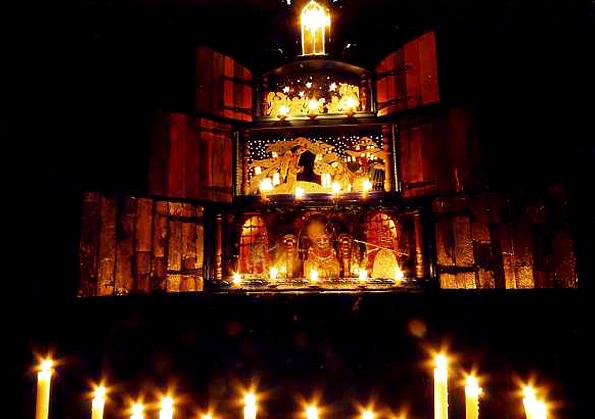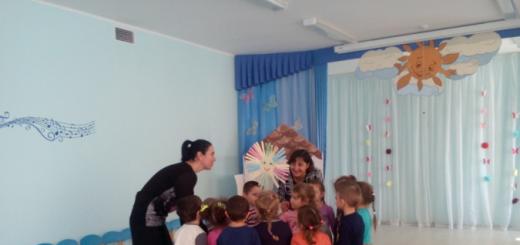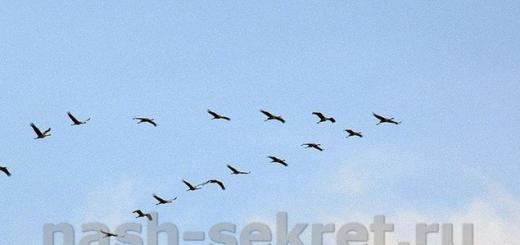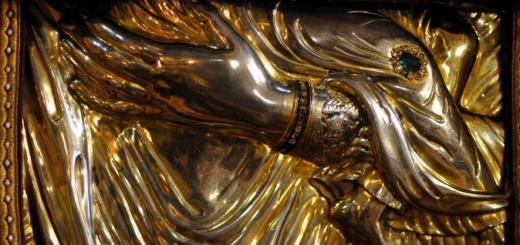Each holiday, whether it is a church calendar or a state one, has its own unique zest, inherent only to this holiday. So, on Easter it is customary to bake Easter cakes, paint eggs, decorate a fir tree for the New Year, but the “Christmas cribs” were an integral tradition of the Christmas holidays in Russia.
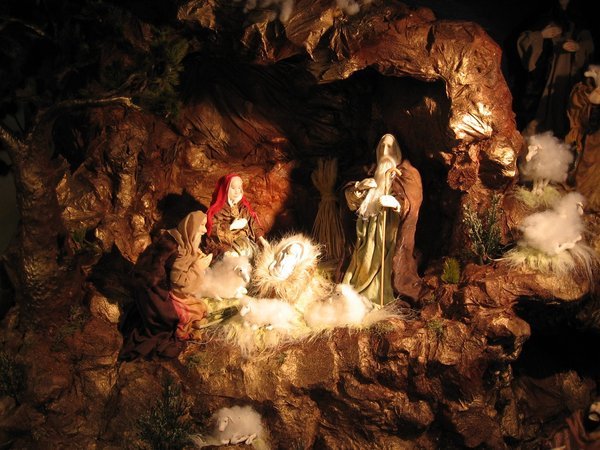
Nativity scene is an amazing and unique original Russian folk puppet theater showing the story of the birth of Jesus Christ. According to the Holy Scriptures, the Son of God - the Infant Jesus Christ - was born in a den where the Virgin Mary and the righteous Joseph stayed for the night. The word "nativity scene" in Old Slavonic means "cave".
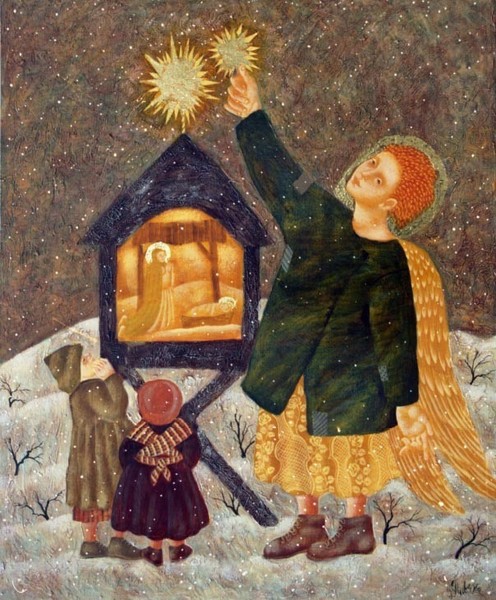
In Russia, the Nativity scene has been known since the 17th century, but it became widespread in the 18th-19th centuries. Performances were allowed to be shown at Christmas celebrations that lasted 12 days: from the birth of Christ to Baptism. At this time, all families must attend church. Children sang carols, for which the owners of the houses where they went gave them delicious treats. Important attributes during the Christmas time were a wooden star and "Nativity scene".
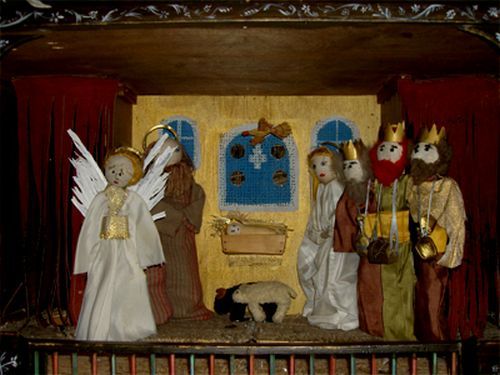
Yes, it was a portable puppet theater that worked only once a year - at Christmas. And played out in it, albeit with variations, but only one performance - "King Herod", supplemented by comic and satirical interludes. Vladimir Dal, the compiler of the Explanatory Dictionary of the Living Great Russian Language, defined this phenomenon of folk culture as follows:
“A spectacle in faces, arranged in a small form, in a box with which they go about Christmas time, representing the events and circumstances of the birth of Jesus Christ.”
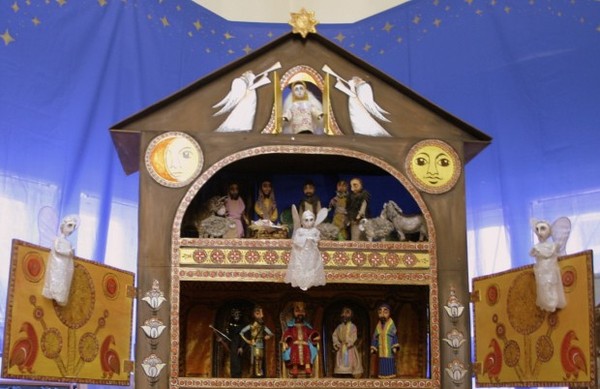
The prototypes of the nativity scene are found in ancient Greece. Such a puppet theater was a box without a front wall, divided into two floors. On the first floor there were dolls - people, and on the second floor there were dolls - gods. It was an attempt to tell people about the creation of the world, about the existence of heaven and earth, divine and earthly. After the collapse of the ancient Greek states, the traditions of puppet theaters were transferred to other states.
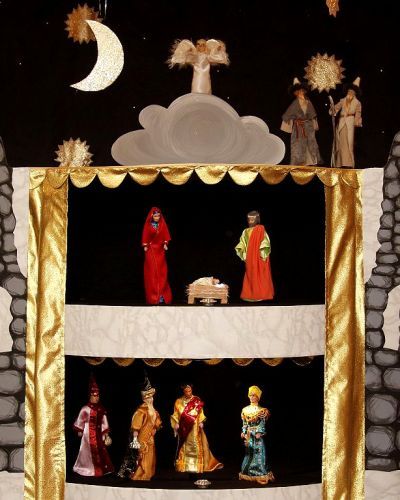
Unlike the cities of Western Europe, where nativity scenes were shown indoors for a long time and they were of impressive size, among the Eastern Slavs, the nativity scene was made of plywood or cardboard and was small.
In a two-story den, each floor had its own meaning: parodies from everyday life, interludes of a secular nature were staged on the lower floor. Scenes of the Christmas cycle were also shown here - the night of the Nativity of Jesus Christ, the offering of gifts by the Magi, the persecution of Christ by Herod, the flight to Egypt.

On the upper tier, a cave was depicted in which Jesus Christ was born. Sometimes this tier was called the sky. The dolls were set in motion with the help of rods, thereby creating the illusion that the figures were moving on their own. One person led the performance, directed and voiced all the characters, changing the voice. The whole performance lasted 10-20 minutes, depending on the text and musical accompaniment.
And since the nativity scene did not have a permanent script, there was always room for creativity. So decide for yourself what the Nativity scene is - a professional theater, amateur performance, or another attempt to tell people about Jesus Christ?

Before the revolution, puppet performances were very common in our country during the Christmas holidays. Their organizers went from house to house and talked about the events of Christmas night. But, ... since 1917, when anti-religious propaganda began, the traditions and rituals associated specifically with Christmas were the first to come under attack. They, like the traditional Christmas tree, were under a strict ban. And this tradition was forgotten by our compatriots.

Alas, the people's favorite New Year's fun, which withstood church persecution, could not withstand the confrontation with militant atheists who crushed faith along with churches, icons and centuries-old culture. That is why the Nativity scenes that survived in several museums of the country can be counted on the fingers.
However, in recent decades, interest in nativity scenes in Russia and the countries of the former USSR has revived again. Since the mid-1990s, crib theater festivals have even been held.
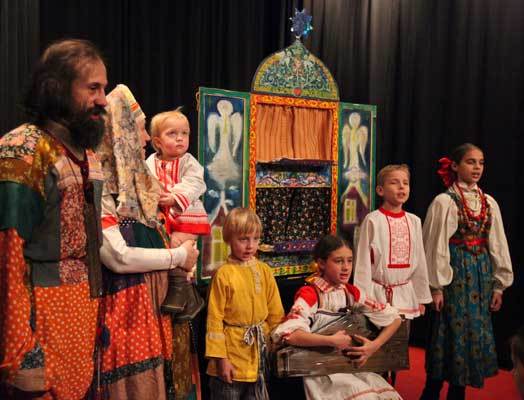
Perhaps one of the first renovated Vertep theaters is the Moscow theater of Alexander Gref "Wandering Nativity", which is located in Vadkovsky lane in Moscow. The theater has existed since 1989. The Wandering Nativity Theater is a participant and laureate of Russian, Moscow and international festivals, and also holds its own small festival "Old New Year". "Wandering Nativity" is a member of the international association of puppeteers UNIMA. Dozens of articles have been written about the theatre, television and film plots have been filmed, and radio broadcasts have been recorded.
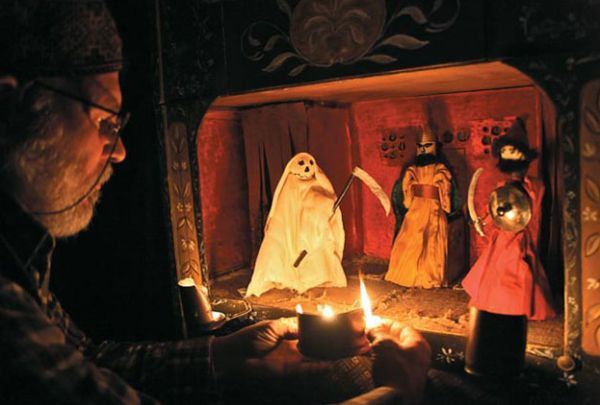
I bring to your attention the performance of the Wandering Nativity Theater
"The Death of King Herod or the Nativity Play"
Believe me, this performance will be interesting not only for children...
|
In addition to traditional puppet performances, the repertoire of the Wandering Nativity Puppet Theater includes "Nativity Scene" and "Petrushka at the Fair", the program "Theatre of Musical Instruments". The theater has a great experience in traveling performances that can be performed in almost any room: in a classroom, in an apartment, in a hospital ward, in a museum, in a theater lobby or on a professional theater stage - and even just on the street.

It seems that primordially Russian traditions are being revived - a gratifying fact. Truly, a nation cannot lose its culture, no matter what happens in time.
Merry Christmas holidays!
Music: Karen Sargsyan "Christmas Night..."
